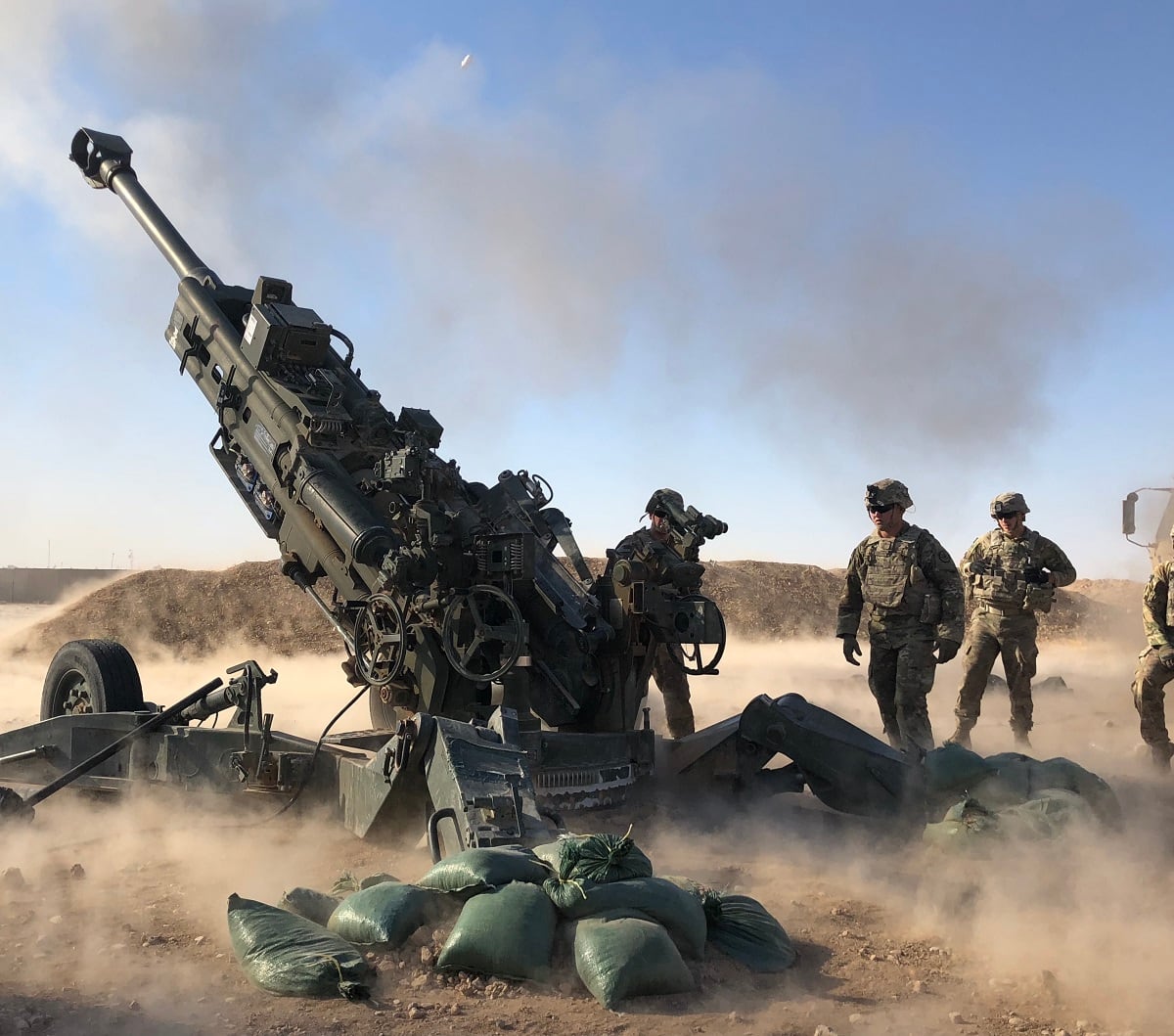After nearly two decades of counterinsurgency warfare, the Army’s artillery and missiles — once the core of the modern Army’s way of land warfare — withered in quantity, quality and manpower.
During that decline, voices within the Army called for a shift in priorities, training and technology.
And while those calls were in some ways heeded, they also were, in other ways, ignored.
Until now.
Last year, Army Chief of Staff Gen. Mark Milley established Cross Functional Teams centered around key Army priorities as the service prepares for near-peer threats such as China and Russia.
While they all play an important role in modernizing the Army, one that has emerged as a top priority, given current competitors and real-world readiness, is near and dear to the hearts of old soldiers: fires.
When the United States faced an immediate near-peer threat in the then-Soviet Union, the ability to mount massive conventional fires as armor and mechanized units maneuvered around the battlefield was paramount. And the firepower showed it.
At the peak of the Cold War, Army formations could trade artillery and rocket barrages with their foes, confident that they could match or outrange them as the battle progressed.
But the need for such volume of fire receded in the post-9/11 world as, following the initial invasion of Iraq in 2003, the U.S. military faced an enemy that preferred to plant IEDs and hide among the civilian population.
And with nobody to challenge the U.S. airpower that soldiers could bring to bear, aircraft increasingly became the go-to solution when something, or someone, needed blowing up.
As the world shifts and U.S. leaders look to their near-peer competitors, they see increasing efforts to attack the U.S. military’s weak or neglected spots, including finding ways to deny or degrade airpower through advanced missile systems, electronic warfare, cyber attacks and building up standoff fires of their own.
That brings the fires community, from artillery to missiles to air defense, back to the forefront of what makes a unit effective and lethal.
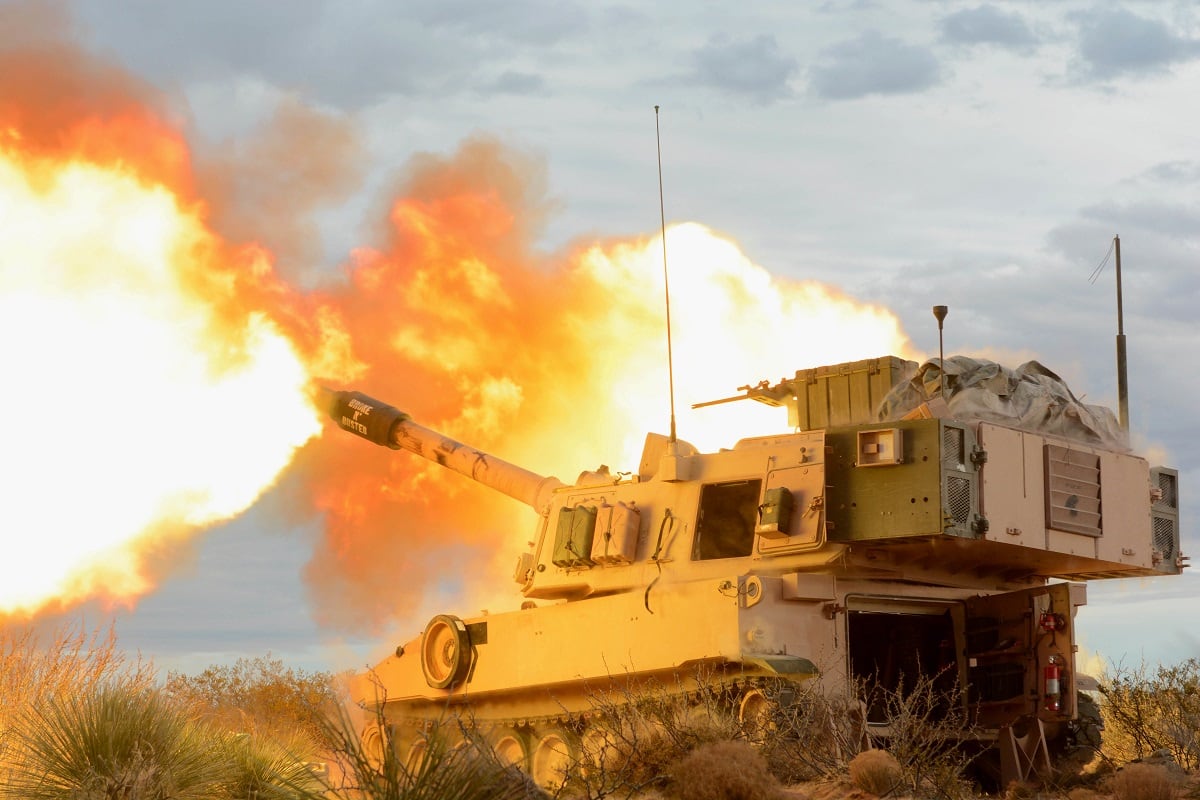
The big guns
To meet this new challenge, first, their equipment must catch up.
A RAND Corporation official earlier this year noted that Russian cannons have 50 percent to 100 percent greater range than current U.S. cannons.
Over the next one to five years, Army leaders hope to double the ranges of current systems and are getting the Army back into deep fires.
To do that, the Army has embarked upon three tiers of focus, from upgrading old school artillery cannons, to swapping out its missile system to double the distance it can fire, and giving the Army a way to fire surface-to-surface missiles at ranges of 1,400 miles.
But the plan is to exceed adversaries’ ranges.
RELATED
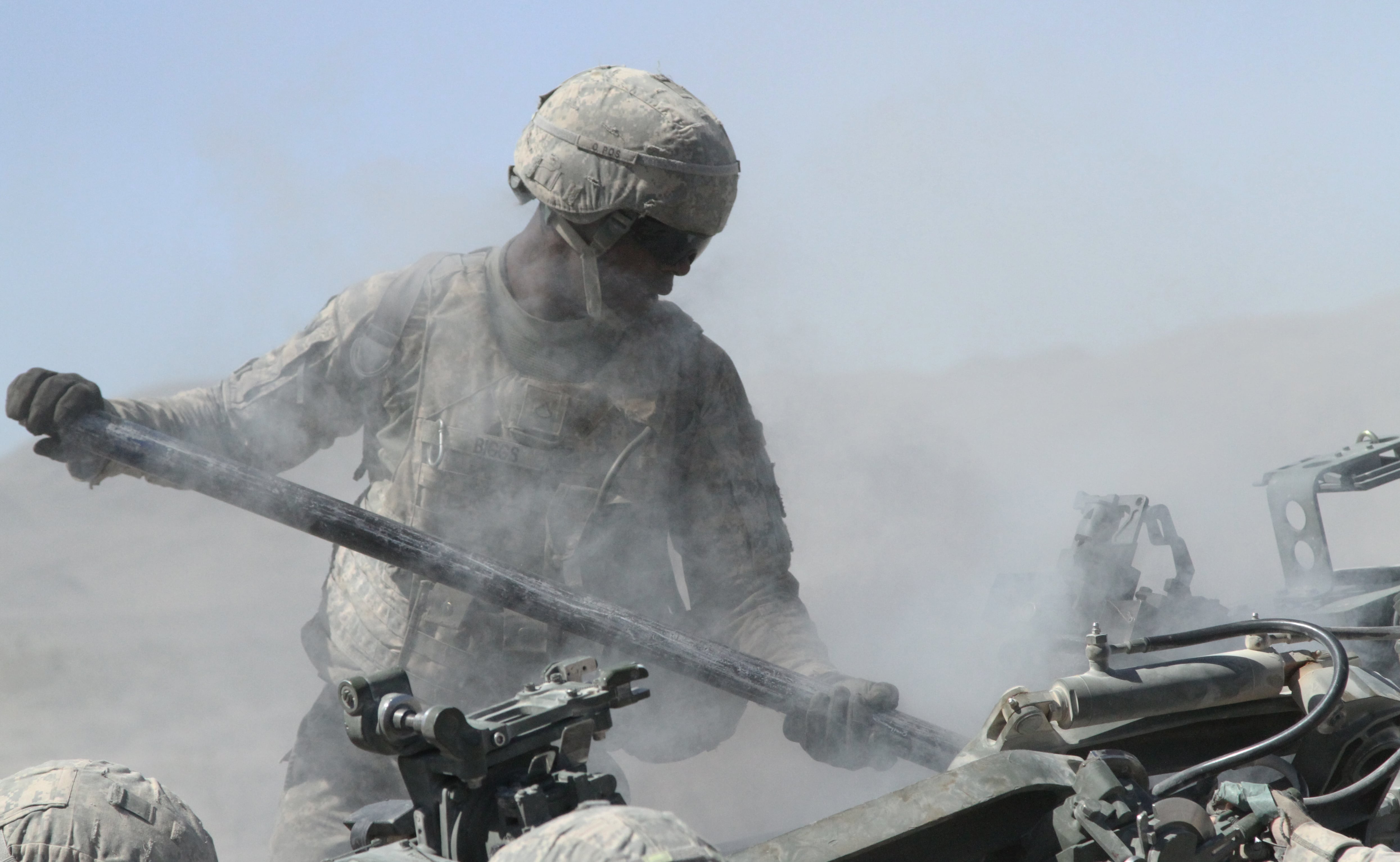
Right now, conventional 155mm howitzer-fired artillery has a range that reaches nearly 14 miles. Upgrades to the Paladin self-propelled howitzer pushes that to nearly 18 miles.
The Extended Range Cannon Artillery program is the first way to increase those distances. Rocket-assisted munitions in those same systems can give the cannons a reach of 24 miles. Specially designed rounds nearly double that reach to 44 miles.
More advanced technology, known as “ramjet,” is under development that could push the boundaries of what can be done with a 155mm round, as it looks to give those rounds a range of 62 miles, nearly four times the range of current artillery.
That would easily beat the ranges of Russia’s existing mobile artillery, the 2S35, which can lob its rounds out to 44 miles.
As far as missiles go, right now, Russia has the U.S. beat. Its SS-26 Iskander missile can reach up to 310 miles. That exceeds the Army Tactical Missile System, or ATCAMS, which goes to 186 miles.
For strategic ranges, the Army is looking to two programs — the Strategic Strike Cannon Artillery, which hits at nearly 1,000-miles, and the Strategic Fires Missile that can hit 1,400 miles.
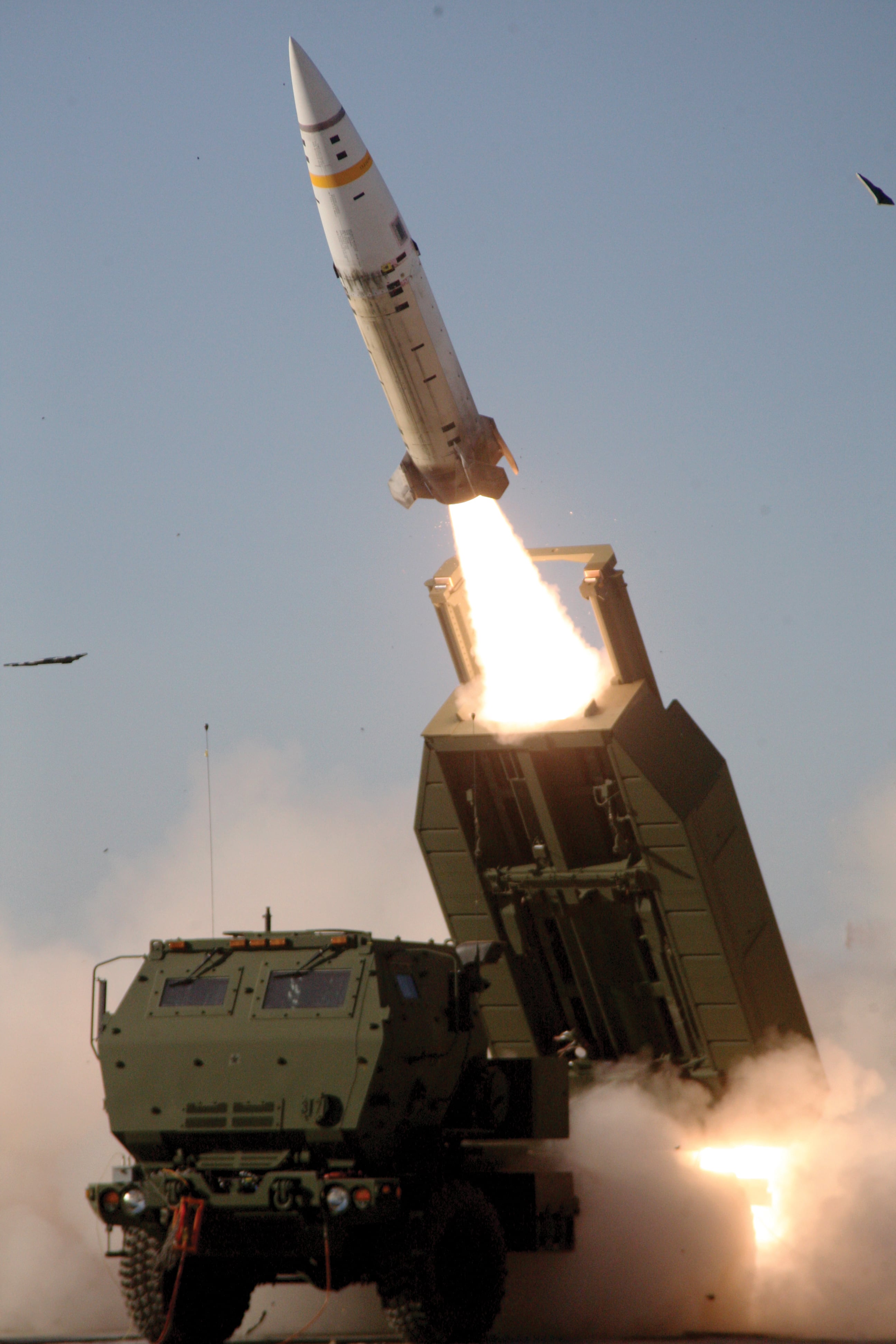
The people
Putting steel downrange at a distance is getting a lot more complicated than before.
A decade ago, during the Iraq and Afghanistan wars, Army leaders began sounding the alarm over the service’s neglect of fires.
One key warning came from a 2008 white paper titled, “The King and I: The impending crisis in field artillery’s ability to provide fire support to maneuver commanders.”
It was written by three colonels who had all commanded brigade combat teams.
The fires community was losing young officers, putting as much as 90 percent of its personnel in jobs outside their military occupational specialties, eliminating corps- and division-level artillery headquarters, and reducing field artillery brigades.
Its soldiers were on the verge of “losing core competencies.”
Even now, in the missile community, the strength of the firepower is roughly half of what it was during the Cold War.
A Multiple Launch Rocket System battalion once had 27 launchers per battalion; it now has 16, wrote Capt. Clint Custer, Eighth Army fire support officer, in “Rocket Artillery and its Place in Decisive Action.”
But shifts began at least five years ago, said now-retired Lt. Gen. Sean MacFarland, one of the authors of the 2008 paper.
“We’ve recovered that ability and then some, and gone quite a ways to support ourselves in combined arms maneuver,” MacFarland told Army Times. “The Army is investing not only in quality but quantity of fires.”
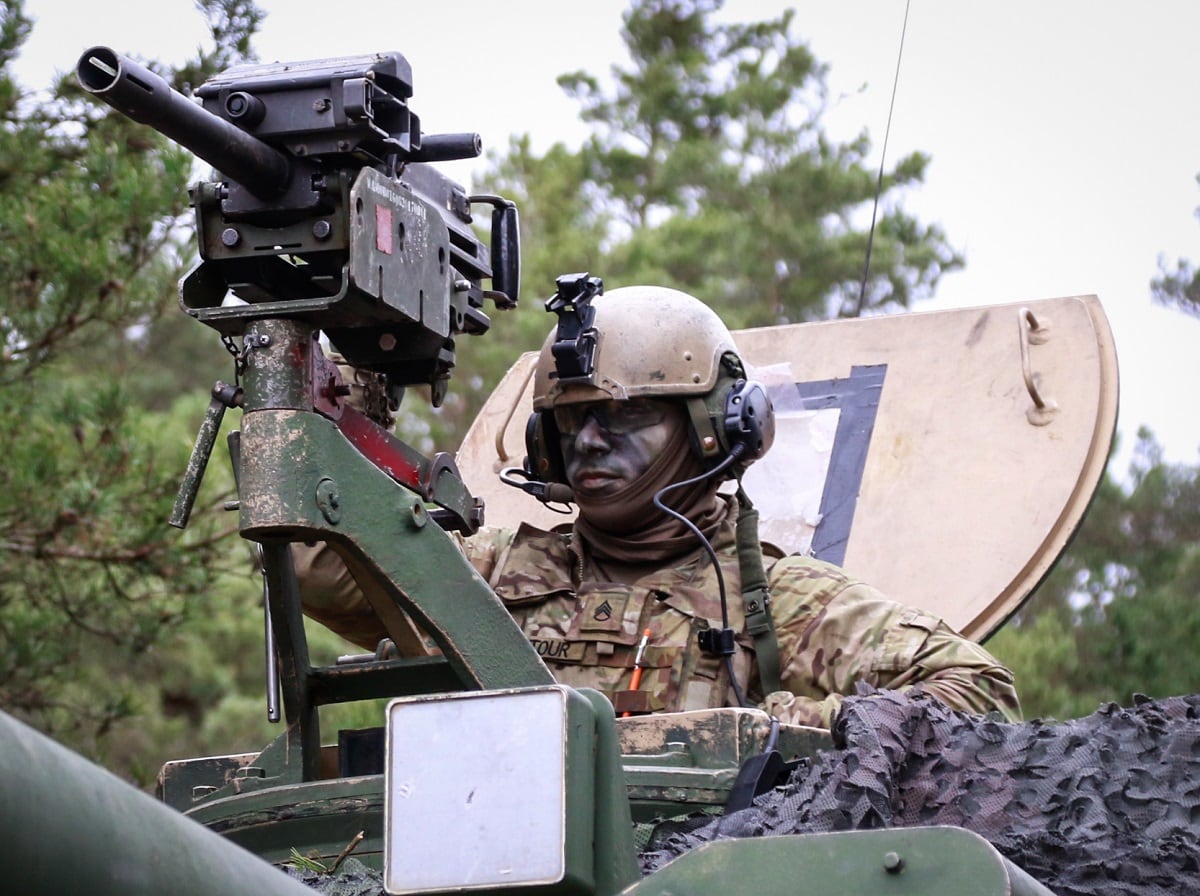
Col. John Rafferty is at the nexus of those efforts as the lead for the Long Range Precision Fires Cross Functional Team.
Rafferty told Army Times that the Army’s focus on readiness and training for major combat operations has recently soared, and there is current and future growth planned in the fires community.
There’s also some money backing the Army’s priorities, at least for some critical skills folks in the fires community.
This year’s retention bonuses hit the top tier ranges, from $12,300 for a two-year commitment from squad leaders to $46,000 for a five-year contract for staff sergeant missile crewmembers.
Artillery joint fires support specialists at the squad leader and sergeant levels saw high bonuses as well, hitting $9,800 for a two-year commitment from squad leaders and $32,800 at the sergeant level for five years.
Those were some of the highest such bonuses offered outside of the in-demand cyber community.
The training
Since the Army unveiled Multi-Domain Battle, a concept to meet the challenge of fighting in contested environments across all domains, leaders have been concerned about how to mass fires at the right time and with the greatest effect.
This summer, the first-ever field exercise to test some of those theories took place.
Rim of the Pacific, or RIMPAC, has been a regular feature for the Navy, Marine and Air Force components in the region.
The Army joined the exercise this year to couple complex, fast moving communications networking and cross-domain fires to hit ships from shore using direct fires from various sources in degraded environments.
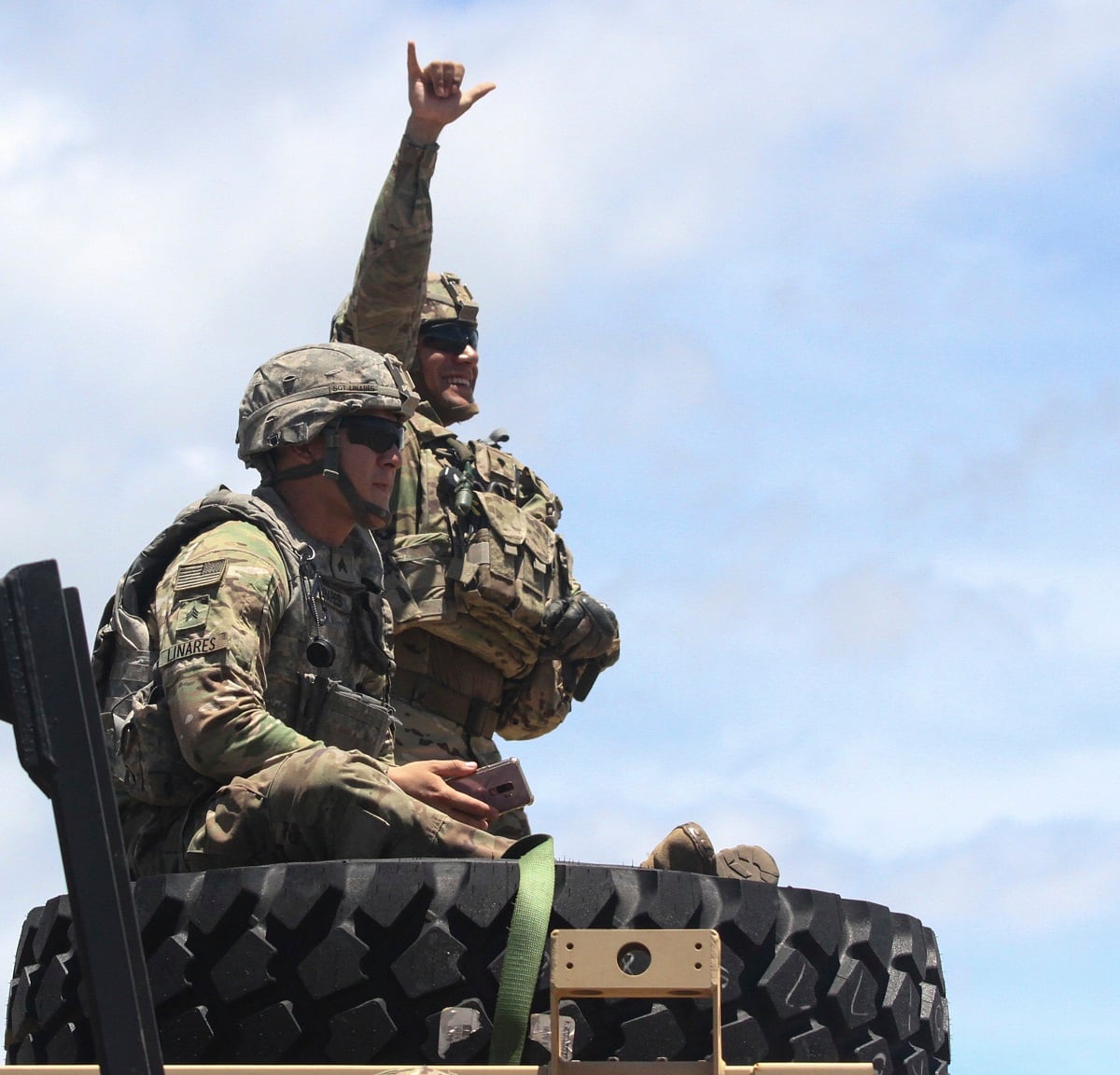
Col. Christopher Wendland, commander of the 17th Field Artillery Brigade, which is part of the Multi-Domain Task Force, took 500 soldiers to the exercise to run a brigade artillery headquarters.
Their mission was to exploit enemy resources to create a “bubble” of time to strike.
The results sunk a ship through a combination of long-range artillery, air attacks and shore-based missiles.
For the individual soldier, that means access to an array of fires, from air, land and sea, at much lower levels than previously was possible.
While the task force is pushing new concepts and theories into the field, others in the fires community recently have found ways get back to their role while adapting to the new needs of the Army.
Air missile defense units converged at White Sands Missile Range and Fort Bliss, Texas, in March to conduct the first large-scale exercise of its kind since 2005.
More than 1,800 soldiers hauled equipment across the desert range, taking down aerial threats that many had never seen or had only practiced against decades ago.
Brig. Gen. Christopher Spillman, commander of the 32nd Army Air and Missile Defense Command, said that the lack of such a large-scale exercise for those units for so long had created some training gaps.
“For many of the officers, NCOs, this is the first time they’ve seen anything like this at this scale,” Spillman told Army Times.
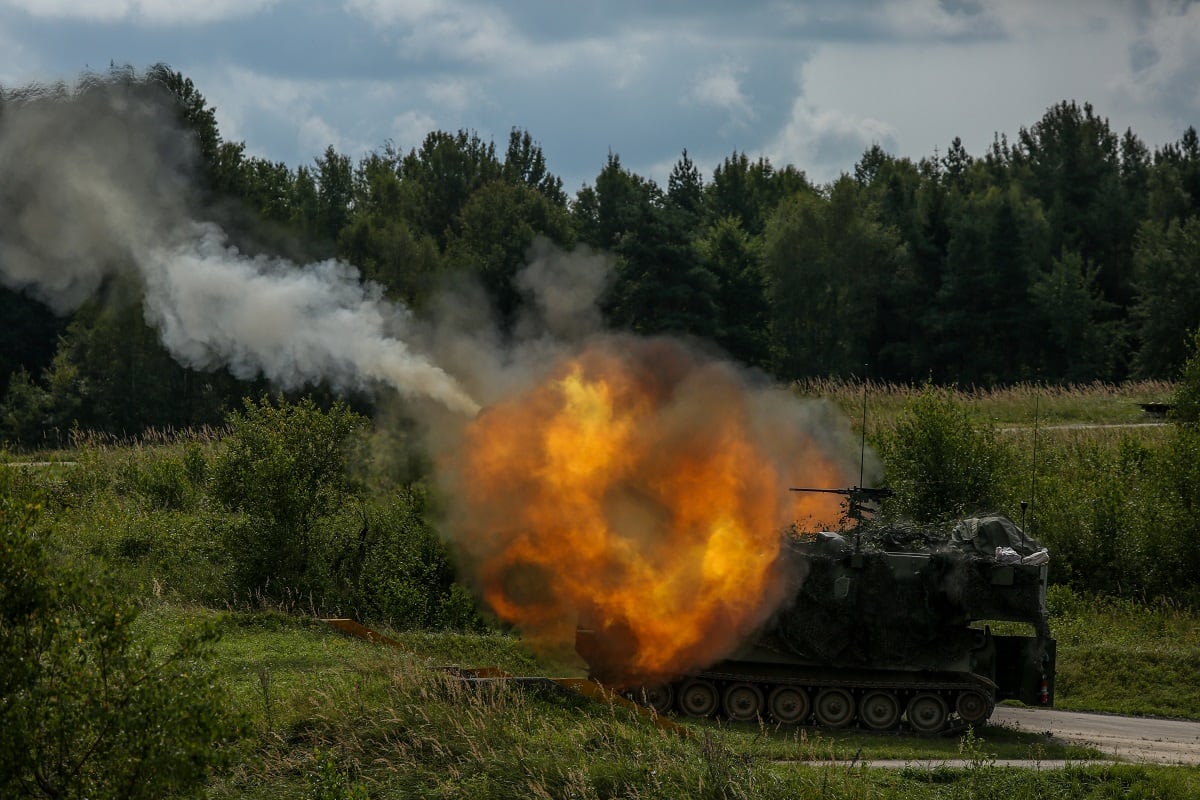
In April, soldiers with the 5th Field Artillery Regiment fired for nearly 20 hours a day in near continuous operations for over two weeks at an exercise at Fort Riley, Kansas.
The artillerymen fired hundreds of rounds a day, the most they’d fired in that period of time, either in training or combat.
“The amount of rounds we shot … I seriously doubt I’ll see that again,” said Staff Sgt. James Glover, a section chief.
The soldiers used the shoot to test the first major upgrades in nearly a quarter century to the M109A7 Self-Propelled 155mm Paladin Howitzers.
At least three dozen of the Paladins have been delivered to the Army, with another 60 scheduled over the next three years.
The upgrades doubled the rate of fire from four to eight rounds per minute.
In another exercise, this one in February, the 17th Field Artillery Brigade used Paladin-based dispersion, requiring crews to fire and displace on multiple shooting missions, wrote Maj. Rich Farnell and Capt. Brennan Deveraux.
The exercise also included a short-notice movement of nearly 30 miles through unknown terrain with a hard deadline to emplace and fire — scenarios that likely haven’t been commonplace for fires units across the Army since the 2003 Iraq invasion.
Todd South has written about crime, courts, government and the military for multiple publications since 2004 and was named a 2014 Pulitzer finalist for a co-written project on witness intimidation. Todd is a Marine veteran of the Iraq War.
